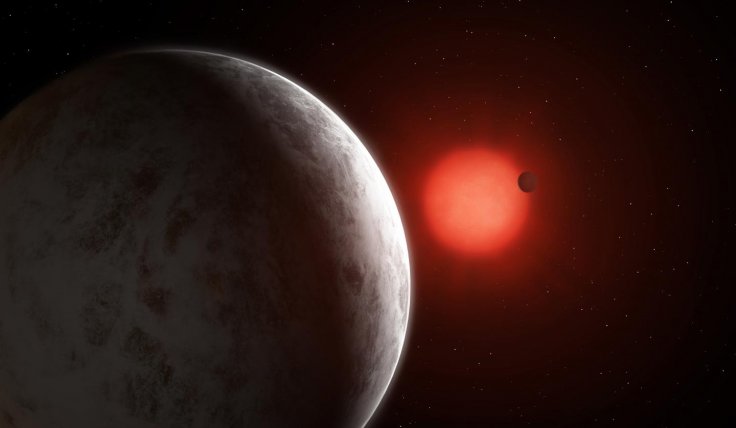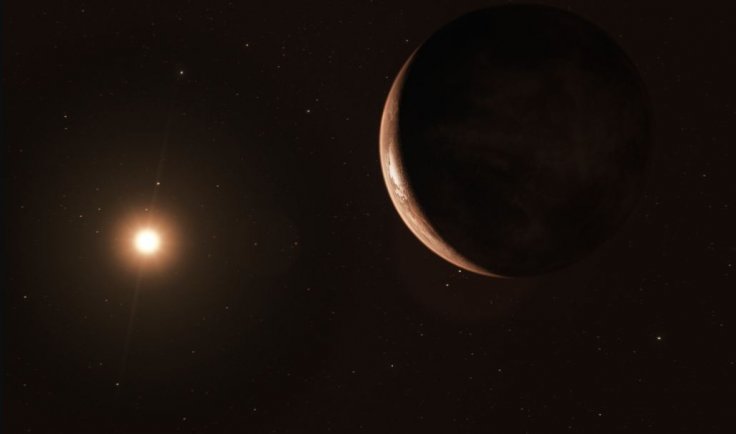Seeking the answer to the question, "Are we alone in this universe?" has led to man looking skywards for answers. And this pursuit has led to some of the greatest discoveries about the universe our blue planet dots. A study led by the University of Göttingen reports the discovery of a system of super-Earth planets orbiting nearby of red dwarf Gliese 887 or GJ 887 and may possibly possess conditions that can harbor life.
"We report the discovery, using radial velocity measurements, of a compact multiplanet system of super-Earth exoplanets orbiting the nearby red dwarf star GJ 887," the authors wrote.
Super-Earths and Red Dwarfs
Planets classified as Super-Earths have masses higher than that of Earth. However, their masses are much lower compared to icy mammoth planets of our solar system such as Neptune and Uranus. The term, nevertheless, refers merely to the mass of the planet and does not define the habitability and surface conditions of the planets.

Red Dwarfs are the smallest and coolest variety of stars in the broad range of stars found in the universe and are of very low mass. The nearest star to the Sun — Proxima Centauri — is an example of a red dwarf. Due to their low luminosity, observing individual red dwarfs is not an easy task.
Existence of Two Super-Earths
At a distance of 11 light-years, Gliese 887 is one of the nearest stars to our sun. It is nearly half the size and comparatively dimmer. As a result, the habitable zone for planets is much closer to it than the distance of Earth from the sun.
The astronomers observed the red dwarf using HARPS (High Accuracy Radial velocity Planet Searcher) spectrograph the European Southern Observatory in Chile. In order to study the planet further, they employed a method known as "Doppler wobble". Due to the gravitational pull exerted on the planet, tiny to and fro "wobbles" are created, which was measured by the scientists.

Regular signals detected indicate the presence of two planets, super-Earths to be specific —Gliese 887b and Gliese 887c — with orbiting periods of 9.3 and 21.8 days. A third potential candidate was also observed. The two exoplanets were found to moving more rapidly than Mercury in our solar system. It is estimated that the temperature of 887c is around 70 C.
May Support Life
During the study of the Gliese 887, the scientists uncovered two other fascinating facts about the star. According to the astronomers, the number of starspots on the red dwarf is lesser in comparison to our Sun. If the star was as active as Sun, it could have eroded a planet's atmosphere.
In other words, the atmospheres of the planets could be simply wiped away. Therefore, the newly discovered super-Earths can most possibly retain their atmosphere and may have the potential to support life.
Another interesting discovery that the scientists made was that Gliese 887's brightness is nearly constant. Hence, the detection of atmospheres of the system of super-Earths will be relatively easy. This will make the system an important area of study for the Hubble Telescope, the James Webb Space Telescope. "These planets will provide the best possibilities for more detailed studies, including the search for life outside our Solar System," averred Dr Sandra Jeffers, lead author of the study.









